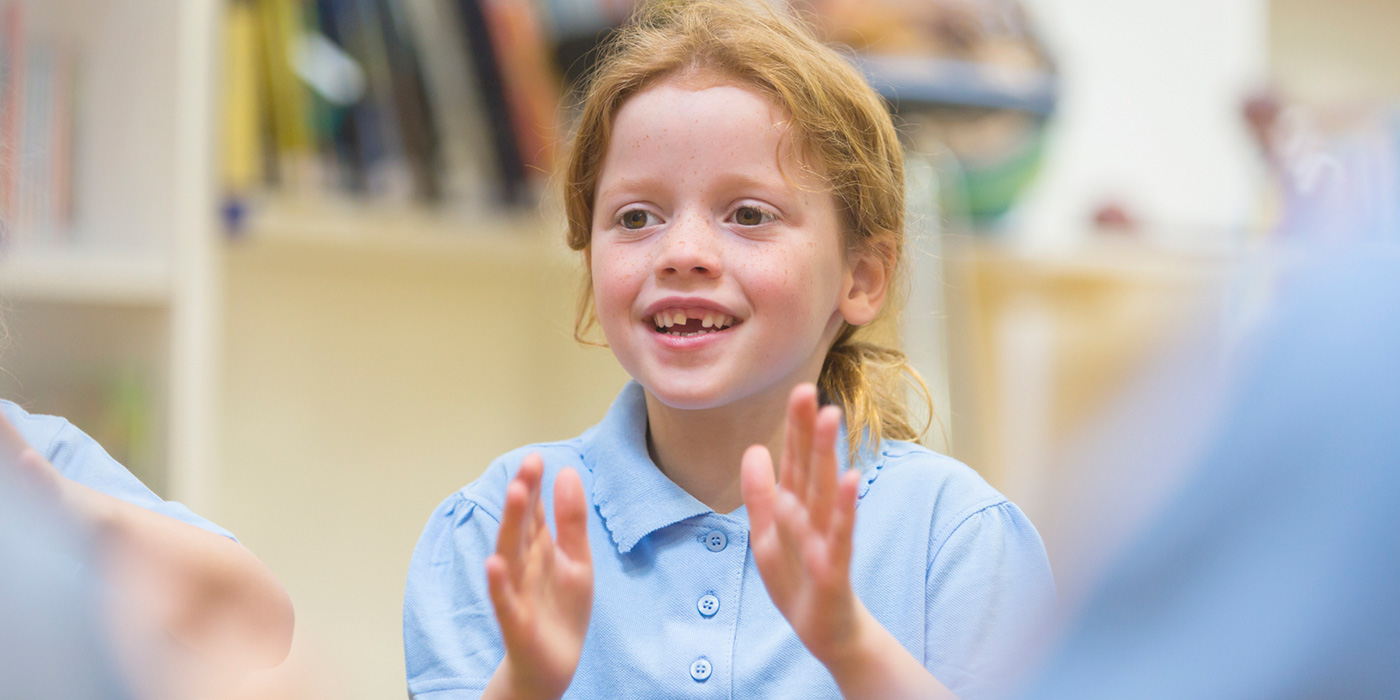Taking quick brain breaks throughout the school day is one of the best ways to keep your students focused on learning.
“Breaks, especially those that are multisensory and involve kinesthetic movement, are helpful with focusing, visualization, alleviating stress, and more,” says Leana Malinowsky, a second-grade teacher in New Jersey. “Depending on the activity, it also offers time for students to connect socially and practice teamwork skills.”
Why Take a Brain Break?
Everyone needs a brain break sometimes, especially kids who have been working hard all day. Depending on your classroom space, your breaks may be small motor-type exercises with simple hand movements or large motor exercises that involve lots of moving. These brief intermissions will help wake up your students and refocus their attention on the next task, especially at the end of the day when their minds are particularly prone to wandering.
When Should You Take a Brain Break?
You can initiate a brain break before, during, or after a lesson, and while transitioning to a new activity or a new classroom space. If you have noticed that there are particular times during the day when your students seem to lose focus, that’s when a brain break will help the most.
Try using brain breaks after giving direct instructions to your class. For example, if you have just taught a math lesson, you might ask your students to count how many steps it takes them to move from the carpet back to their seats. The majority of students will be so focused on counting their steps that they have little time for chitchat or other distractions.
The next time you and your students need a quick refresh, try these brain breaks to bring even more joy to learning.
1. Get Your Students Moving
Brain breaks not only keep your students engaged, but they also help them retain information, says Terry Stoufer, a third-grade teacher in Florida.
Stoufer’s brain breaks often incorporate music, dance, and storytelling, but she also likes to use exercises that cross the midline — engaging both the right and left hemispheres of the brain. “One example is touching the right elbow with the left knee in a stretch and vice-versa,” she says.
To get the most out of these brain breaks, try following them with class read-alouds about the brain like The Brain Is Kind of a Big Deal andYour Fantastic Elastic Brain. Students can learn how the brain works, why brains need to rest, and how they can stretch their own brains to develop a growth mindset.
